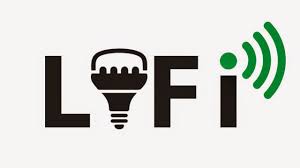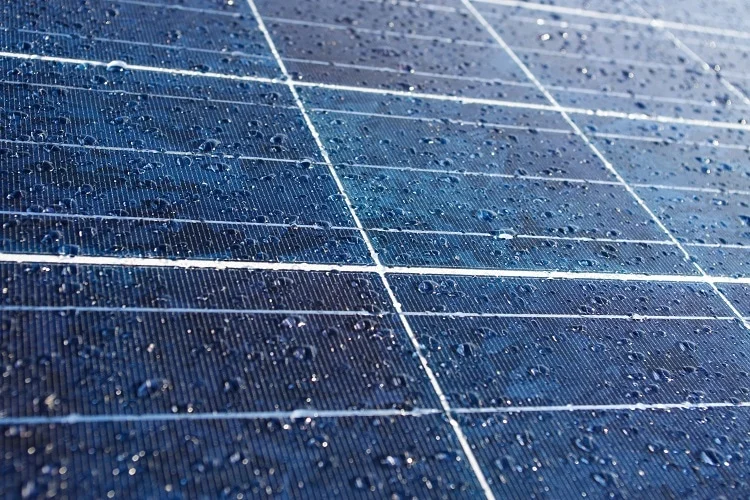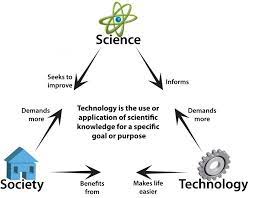Li-Fi, short for “Light Fidelity,” is a wireless communication technology that uses visible light to transmit data. It operates by modulating the intensity of LED lights to transmit binary data, which is then received and decoded by a photosensitive receiver. Li-Fi offers several advantages over traditional Wi-Fi:
1.Speed: Li-Fi can achieve significantly higher data transfer speeds compared to Wi-Fi, as light can be modulated at extremely fast rates, enabling data transmission in the gigabit per second range.
2.Bandwidth: Li-Fi uses the vast amount of available light spectrum, which reduces congestion and interference issues commonly faced by Wi-Fi in crowded areas.
3.Security: Because light does not pass through walls, Li-Fi provides enhanced security by limiting the range of signal transmission. This makes it difficult for unauthorized users to access the network from outside the intended area.
4.Energy Efficiency: LED lights used in Li-Fi setups can serve both illumination and data transmission purposes, making it an energy-efficient technology. This dual-use approach can reduce energy consumption.
5.Less Electromagnetic Interference: Since Li-Fi operates using visible light frequencies, it does not interfere with radio frequencies used by other wireless devices. This makes Li-Fi a suitable option for environments sensitive to electromagnetic interference, such as hospitals or aircraft.
6.No RF Licensing: Traditional wireless technologies like Wi-Fi require specific frequency bands and licensing, while Li-Fi uses the unregulated visible light spectrum, making it more accessible to deploy without regulatory hurdles.
7.Health Considerations: Unlike some concerns associated with prolonged exposure to Wi-Fi’s radio waves, Li-Fi uses visible light, which is not known to have negative health effects on humans.
However, it’s important to note that Li-Fi also has limitations. It requires a direct line of sight between the transmitter and receiver, meaning that the signal can be blocked by obstacles. Additionally, it cannot penetrate solid objects, which limits its range and coverage area. Overall, Li-Fi’s advantages make it a promising technology for specific use cases where high-speed, secure, and interference-free wireless communication is essential.



